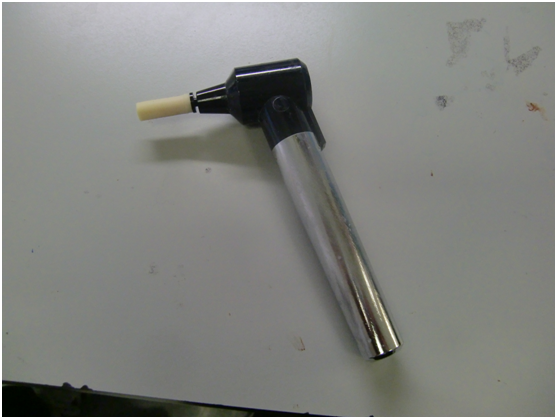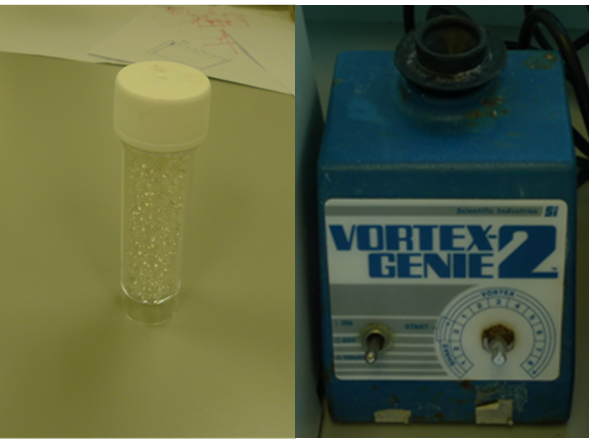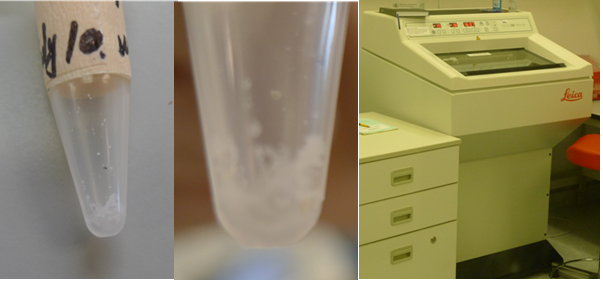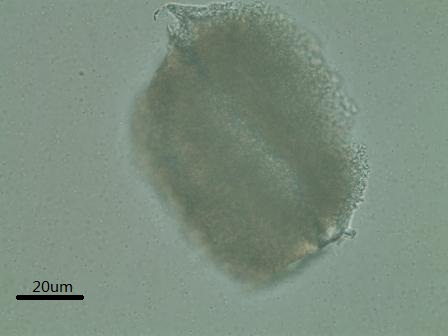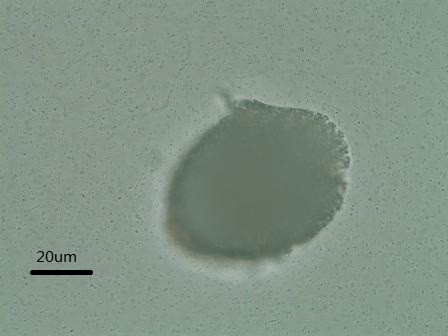Team:HKU-HKBU/Motor Preliminary Trials
From 2009.igem.org
(→Binding performance test using a membrane) |
YinanZhang (Talk | contribs) |
||
| (28 intermediate revisions not shown) | |||
| Line 3: | Line 3: | ||
{{Team:HKU-HKBU/header}} | {{Team:HKU-HKBU/header}} | ||
| - | == | + | =Motor Preliminary Trials= |
| + | |||
| + | Before we obtained the final silicon-based motors, we did several trials to test whether the microorganisms can be attached to the surface of a membrane-based motor. This involved the following: | ||
| + | * The micromotor was shaped into defined tiny structures. | ||
| + | * The micromotor was chemically modified to coat the biotin on the surface. | ||
| - | |||
| - | |||
| - | |||
| - | |||
Here we report our trials by using Immobolin-P membrane which is easy to cut and coat with biotin. | Here we report our trials by using Immobolin-P membrane which is easy to cut and coat with biotin. | ||
| - | Trial 1.The fragmentation of the Immobolin-P membrane with the help of a mini-homogenizer | + | |
| + | |||
| + | '''Trial 1.'''The fragmentation of the Immobolin-P membrane with the help of a mini-homogenizer. | ||
| + | |||
The Immobolin-P membrane was first made wet and consequently homogenized with a mini-homogenizer. | The Immobolin-P membrane was first made wet and consequently homogenized with a mini-homogenizer. | ||
| - | Results: The membrane could not be broken into small pieces | + | |
| - | [[Image:HKU-HKBU_motor_results_1.png| | + | '''Results''': The membrane could not be broken into small pieces |
| - | [[Image:HKU-HKBU_motor_results_2. | + | [[Image:HKU-HKBU_motor_results_1.png| center | thumb |200px|'''Figure 1.''' mini-homogenizer cutting]] |
| - | + | ||
| - | + | ||
| - | Image:HKU-HKBU_motor_results_4. | + | '''Trial 2.'''The fragmentation of the Immobolin-P membrane with a generated shearing force by moistening and followed by vortexing |
| - | Image:HKU- | + | |
| - | Image:HKU- | + | The Immobolin-P membrane was first moistened, then it was put into a 10ml |
| + | centrifugation tube. The tube was then filled with glass beads, and subjected to vortexing subsequently. | ||
| + | |||
| + | '''Results''': The membrane remained intact. | ||
| + | [[Image:HKU-HKBU_motor_results_2.png| center | thumb |200px|'''Figure 2.''' moistening by vortexing]] | ||
| + | |||
| + | |||
| + | '''Trial 3.'''The fragmentation of the Immoboin-P membrane by moistening and the use of liquefied nitrogen | ||
| + | |||
| + | The Immobolin-P membrane was moistened and liquefied nitrogen was poured onto it. We then tried to break the membrane into pieces by human hands. | ||
| + | |||
| + | '''Results''': The membrane remained intact. | ||
| + | |||
| + | |||
| + | |||
| + | '''Trial 4.'''The biotinylation of the Immobolin-P membrane followed by the fragmentation process of the membrane by human hands | ||
| + | |||
| + | The Immobolin-P membrane was first biotinylated on one side and cut into very small pieces by human hands. Then, the membrane fragments were put into a mould made with aluminum foil and fixed into it with the help of glue. The moulds along with the membrane fragment were cut with a Leica-crytomicrotome into pieces with the size of 100µm x 60µm x 100µm. | ||
| + | |||
| + | '''Results''': The Immobolin-P membrane was observed under microscopy('''Fig.4''').The sharp was not regular, and the size was around 100 um scale. | ||
| + | [[Image:HKU-HKBU_motor_results_4.png| center | thumb |200px| '''Figure 3'''. cutting by crytomicrotome ]] | ||
| + | [[Image:HKU-HKBU_motor_results_MVB.jpg| center|thumb|200px|'''Figure 4'''.the cut membrane under microscopy]] | ||
| + | |||
| + | |||
| + | |||
| + | '''Trial 5.''' Binding polar expression ''E. coli'' to the biotin side-coated Immobolin-P membrane | ||
| + | The Immobolin-P membrane underwent the process of '''Trial 4'''. The diameter of it was around 100um. And one side of the membrane was coated biotin that can bind to the polar expression ''E.coli''. | ||
| + | |||
| + | '''Results''': Under microscopy, we can observe the polar expression ''E.coli''(the small dots) were mostly bind to the biotin coated membrane side. And other sides also randomly binded some ''E.coli''. | ||
| + | |||
| + | [[Image:HKU-HKBU_motor_results_MVB2.jpg| center|thumb|200px|'''Figure 5'''.the membrane bound with ''E. coli'' under microscopy]] | ||
| + | |||
{{Team:HKU-HKBU/footer}} | {{Team:HKU-HKBU/footer}} | ||
Latest revision as of 01:54, 22 October 2009
Motor Preliminary Trials
Before we obtained the final silicon-based motors, we did several trials to test whether the microorganisms can be attached to the surface of a membrane-based motor. This involved the following:
- The micromotor was shaped into defined tiny structures.
- The micromotor was chemically modified to coat the biotin on the surface.
Here we report our trials by using Immobolin-P membrane which is easy to cut and coat with biotin.
Trial 1.The fragmentation of the Immobolin-P membrane with the help of a mini-homogenizer.
The Immobolin-P membrane was first made wet and consequently homogenized with a mini-homogenizer.
Results: The membrane could not be broken into small pieces
Trial 2.The fragmentation of the Immobolin-P membrane with a generated shearing force by moistening and followed by vortexing
The Immobolin-P membrane was first moistened, then it was put into a 10ml centrifugation tube. The tube was then filled with glass beads, and subjected to vortexing subsequently.
Results: The membrane remained intact.
Trial 3.The fragmentation of the Immoboin-P membrane by moistening and the use of liquefied nitrogen
The Immobolin-P membrane was moistened and liquefied nitrogen was poured onto it. We then tried to break the membrane into pieces by human hands.
Results: The membrane remained intact.
Trial 4.The biotinylation of the Immobolin-P membrane followed by the fragmentation process of the membrane by human hands
The Immobolin-P membrane was first biotinylated on one side and cut into very small pieces by human hands. Then, the membrane fragments were put into a mould made with aluminum foil and fixed into it with the help of glue. The moulds along with the membrane fragment were cut with a Leica-crytomicrotome into pieces with the size of 100µm x 60µm x 100µm.
Results: The Immobolin-P membrane was observed under microscopy(Fig.4).The sharp was not regular, and the size was around 100 um scale.
Trial 5. Binding polar expression E. coli to the biotin side-coated Immobolin-P membrane The Immobolin-P membrane underwent the process of Trial 4. The diameter of it was around 100um. And one side of the membrane was coated biotin that can bind to the polar expression E.coli.
Results: Under microscopy, we can observe the polar expression E.coli(the small dots) were mostly bind to the biotin coated membrane side. And other sides also randomly binded some E.coli.
 "
"

